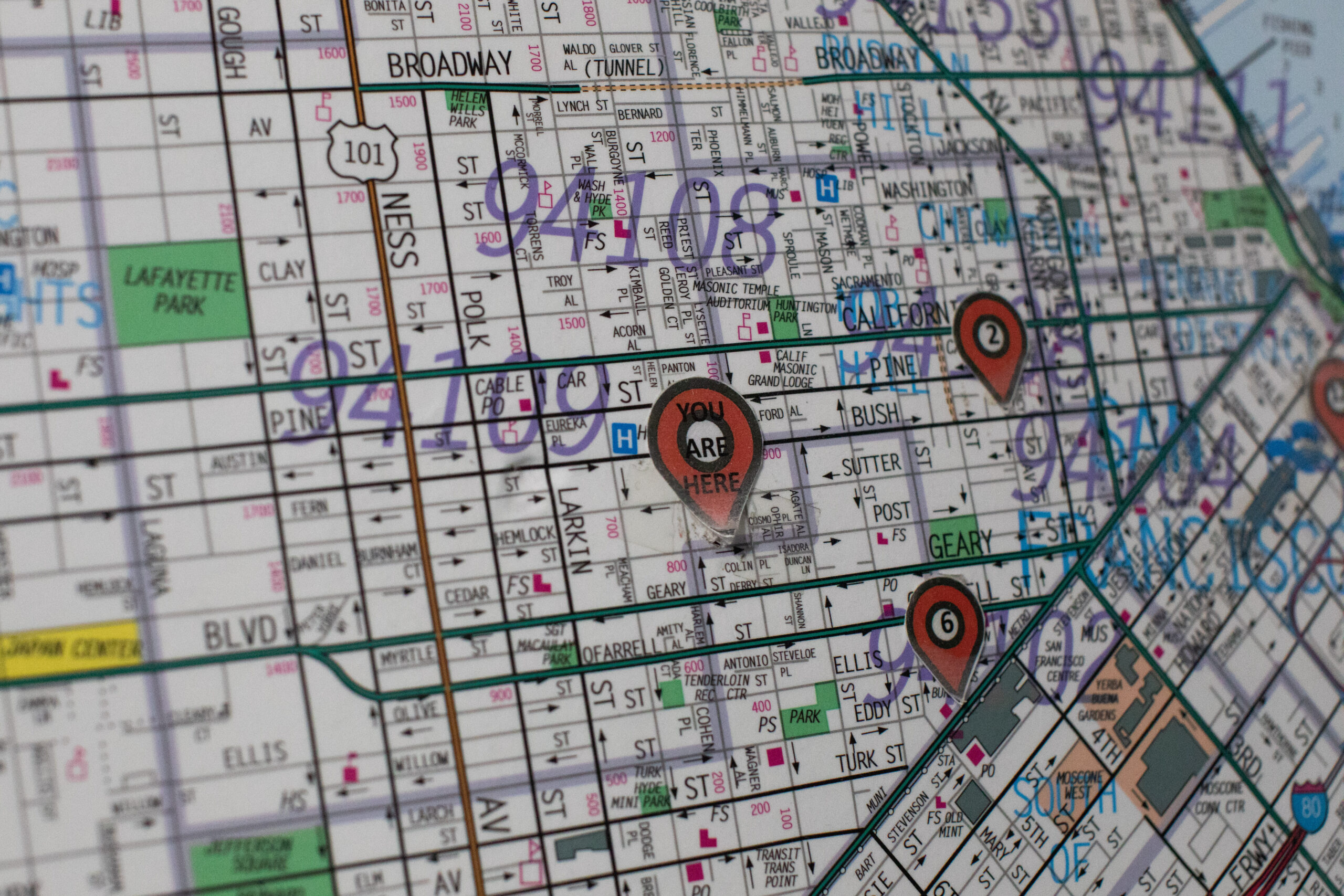San Francisco’s last chance to prove to the state of California that it can build 82,000 homes by 2031 just dropped—but there’s no guarantee it’ll be approved locally or at the state level.
The city just released its fifth and likely final draft of the city’s Housing Element Update, the state-mandated land use plan that gets updated every eight years. The plan will determine how and where new San Francisco homes could get built—with most of them slated for the west side.
But it still needs to be approved by the city’s Board of Supervisors, which is hosting a public meeting on the topic early next week.
Even if the plan is approved locally, it still needs a rubber stamp from the state by Jan. 31—or else the city stands to temporarily lose control over its own housing approvals.
Like previous drafts, Thursday’s draft lays out three options for rezoning in the city to meet the state’s target of 82,000 new units by 2031, plus an extra 15% buffer in case some of the sites don’t get developed.
At a Planning Commission meeting last week, senior planner James Pappas said in addition to land that’s currently available or under development now, the city needs to rezone land for around 35,000 new units to hit the goal.
According to Maia Small, principal planner at the San Francisco Planning Department, the latest draft mostly focuses on updates to the city’s implementation plans, adding clarifications on timelines and programs that will help the city hit its housing goals, which are higher than ever in this cycle.
The draft will go before the Planning Commission next week for approval after a full Board of Supervisors meeting for discussion. It must also get Board of Supervisors approval by Jan. 31 next year if the city hopes to avoid temporarily losing control over its own ability to deny projects if they aren’t consistent with zoning laws.
Otherwise, the “builder’s remedy” would go into effect, allowing developers to move forward with housing projects without having to cater them to local zoning and approvals rules so long as they meet basic building standards, potentially opening the floodgates to new development anywhere and everywhere.
That’s a much quicker turnaround than the city was originally planning for, so these next few months are critical for city leaders to review and sign off on the plan before it gets submitted to the state for final approval.
If the state doesn’t like the plan, San Francisco could lose more than just local control: State grants for affordable housing and transportation are at risk, too, starting May 31, 2023.
Meanwhile, the state is investigating San Francisco for its housing policies and practices, a process that state officials say is already underway, all while a pro-housing group currently suing the city hopes to prove to a judge San Francisco is routinely violating state housing law.
